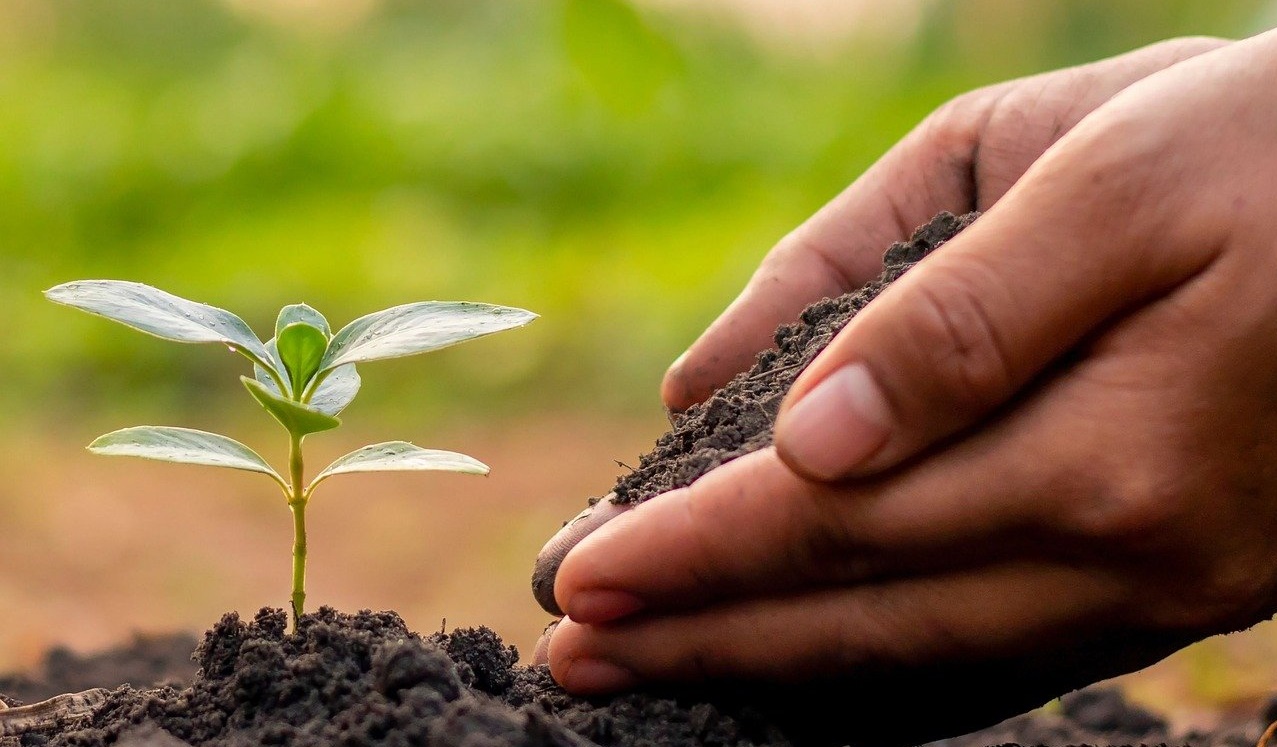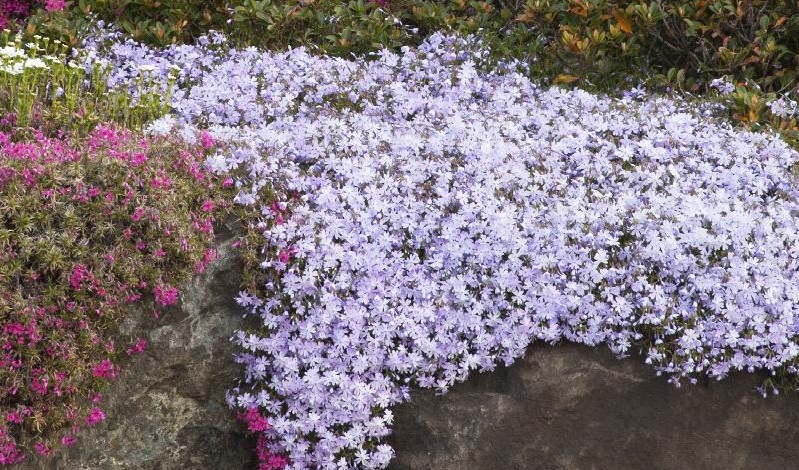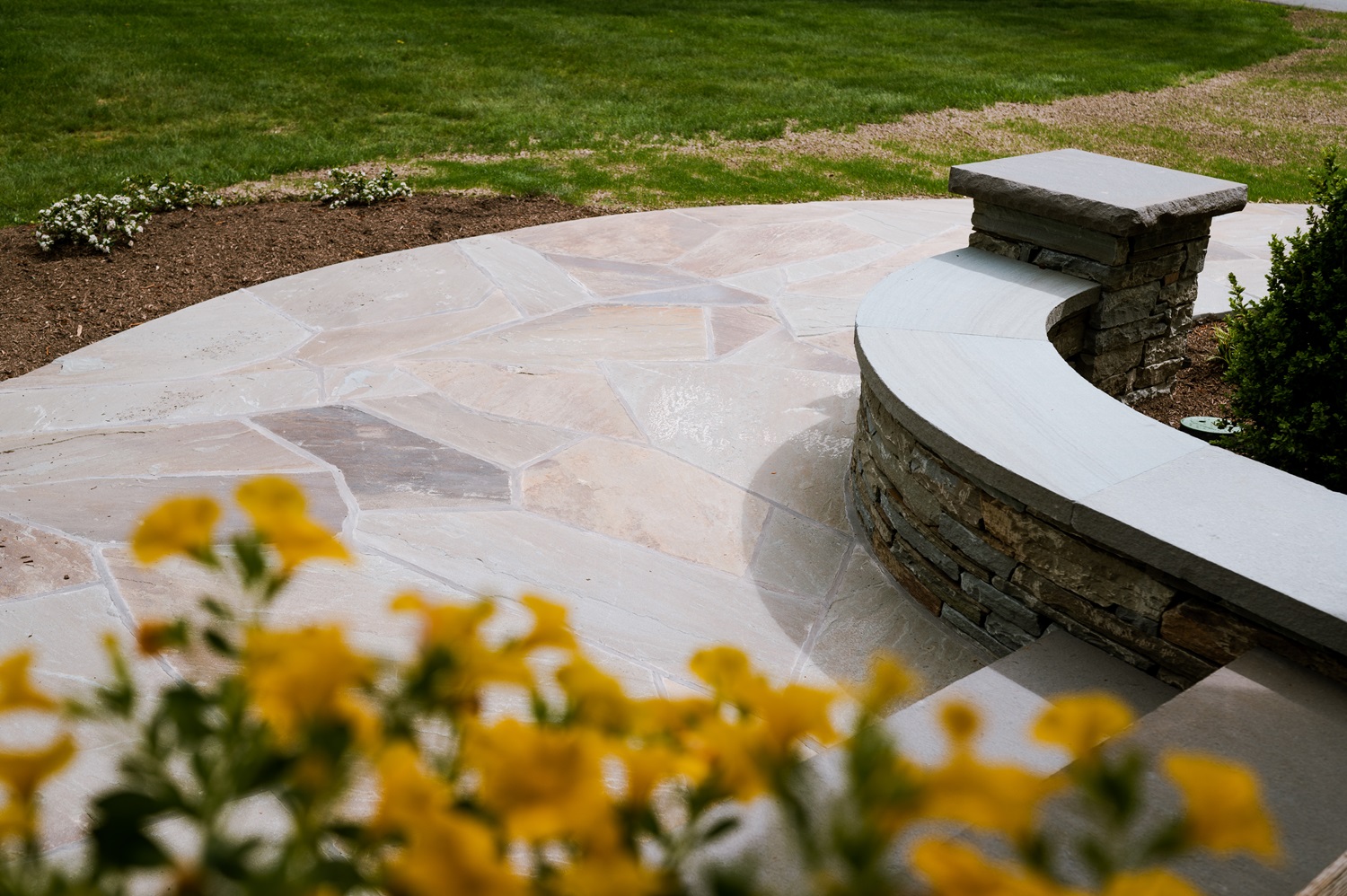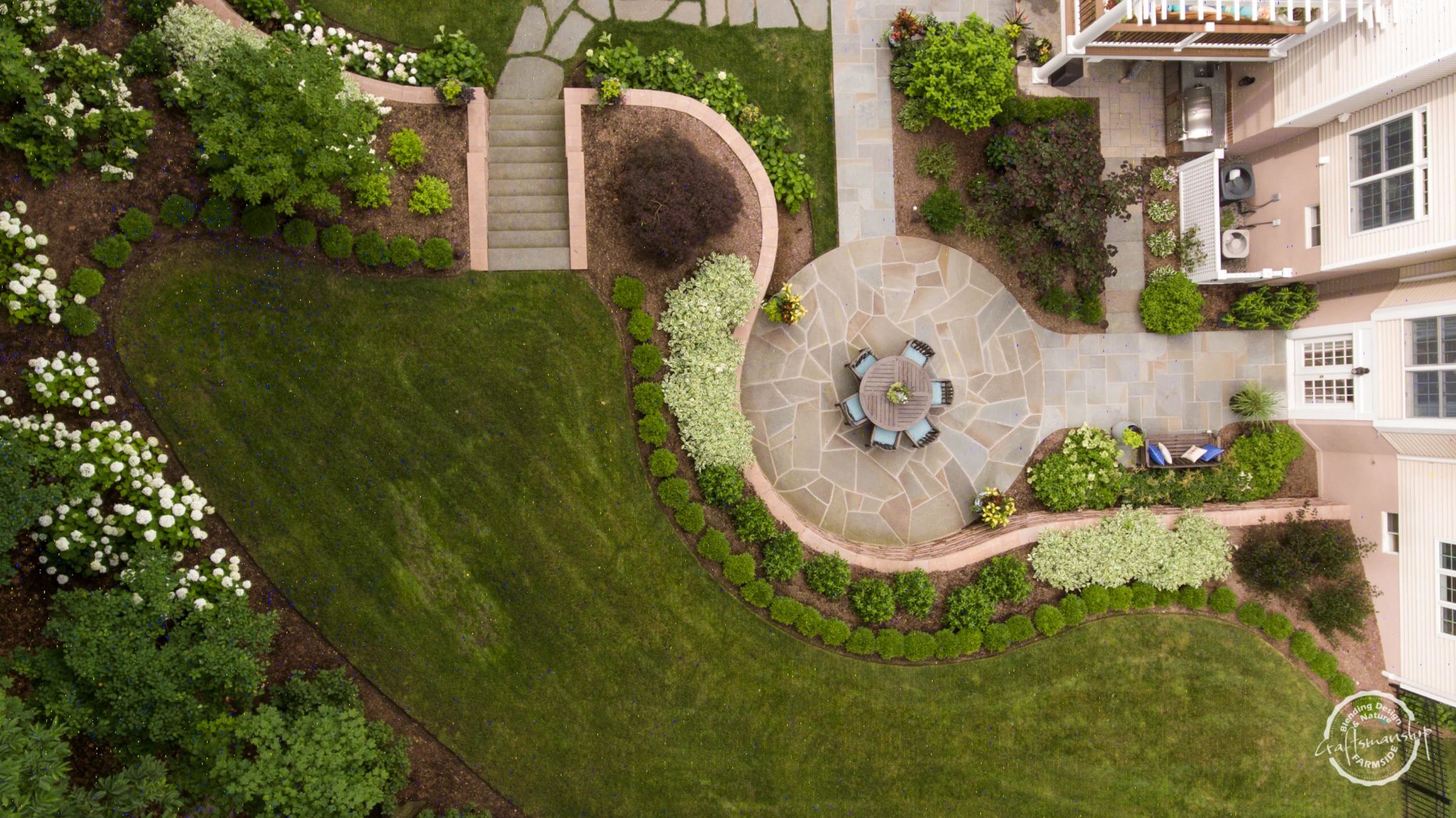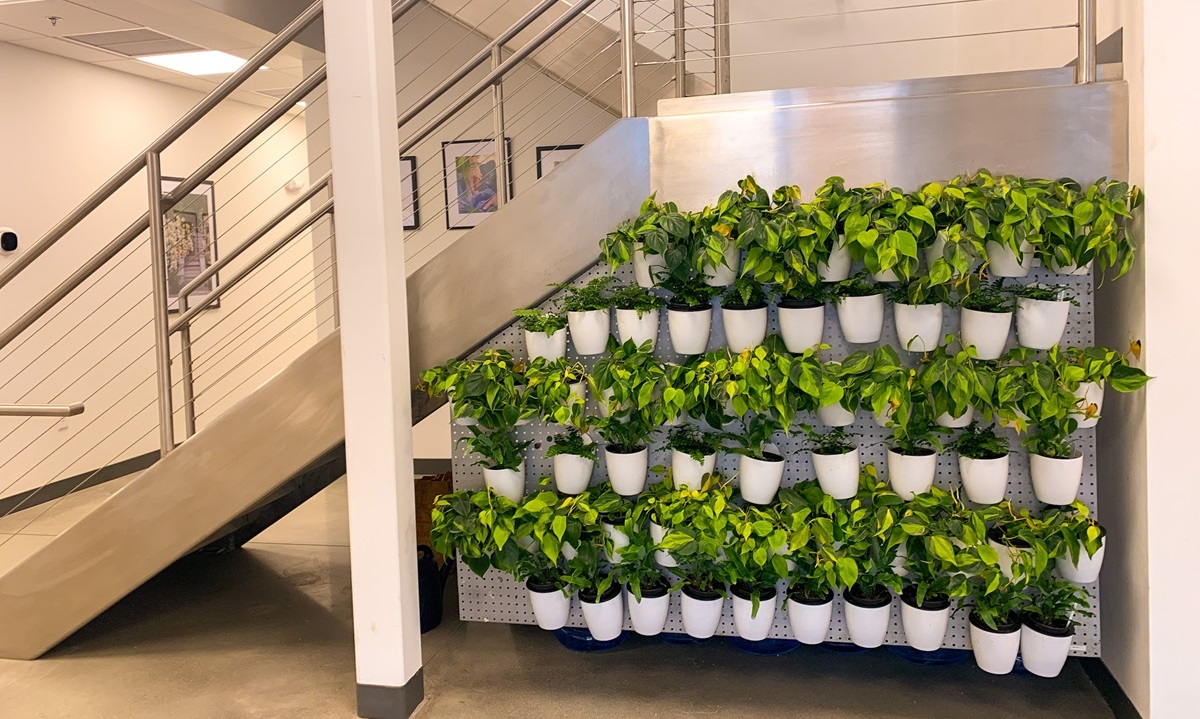Don’t have the space for a pond or other water element for your garden? The same way you can create a container garden with soil for plants, you can create a water garden in a container.
It can be as small as one or two plants in a glazed, planter with no holes, or a galvanized tub with several plants. Here’s what you need to get started.
Find the Right Spot
Most aquatic plants thrive in a site that gets between 4-6 hours of direct sun. More than that can cause issues with algae growth, and water plants typically don’t do as well in shadier conditions. It’s also helpful to have your water container garden near a hose or water source such as a rain barrel to keep water levels where they need to be, or to refresh the water in your container if it becomes cloudy or dirty.
Choose Your Container
You can make a water garden from any water-tight container, such as a glazed pot, resin container, or galvanized tub. Glazed pots with no drainage holes are a good choice since the glaze helps keep the water from evaporating as it could with a non-glazed, terracotta pot. (However, you can always apply a marine sealer to a porous container or put a plastic liner in it). Galvanized tubs are another option, but if they’re smaller, the water can heat up too quickly. Use the size of the largest plant you are considering as a guide for choosing your container size. At minimum, your container should be at least 6” deep. For deeper containers, you can place smaller plants on stones or bricks to raise them up. Check the recommended space requirements for the plants you are considering.
Plant Selection
As with any container layout, a combination of shapes, textures and colors make for the most interesting and balanced look. Most water garden plants can be found at nurseries that have a water gardening section. Use an odd number of plants (three, five, or seven) for the most pleasing effect. Group fewer plants, if you prefer, leaving more growing room. Consider the plants’ growth habits since some plants prefer to have wet feet, while others like to float. Many aquatic plants can be over-wintered indoors, or simply used as annuals. Here are some water plants to consider:
- Water Clover – Has attractive foliage that covers the feet of other plants, weaving itself in and around the other plants.
- Arrowheads – Bold foliage and clean white flowers make these great plants for water containers. Easy to grow in sun to light shade, Arrowheads are rampant runners and can fill a container quickly.
- Dwarf Parrot Feather – Is a mainstay of water gardens, carpeting the water’s surface with plentiful, soft, furry plumes.
- Yellow Monkey Flower – Blooms all summer, requiring just a little shade. Reaching anywhere from 2 to 10 inches tall, it subtly weaves its way among other plants in the container, adding a touch of color.
- Miniature Waterlilies – Are hardy and can live for years in a glazed ceramic bowl given plenty of sun and winter protection.
- Dwarf Umbrella Grasses – Provide an elegant canopy effect to the water container garden.
- Water Lettuce – Include a floating plant such as water lettuce, which will grow quickly on the water’s surface, colonizing and filling in between other plants.
Occasionally, the water may turn tea-colored though the decay of leaves or the pot may fill with unsightly debris. If this happens, simply empty the container, rinse it clean, and refill as quickly as possible to prevent the plants from drying out.
Placing Plants in Your Container
Place plants in your container, keeping them in their original pots. If the pots do not have a top layer of pea gravel, add one to prevent soil leakage, which would dirty the water. Adding rocks to your water garden will give it a more natural appearance, and provide a safe landing pad for birds, butterflies and other wildlife who stop by for a drink.
Fill the container with water, covering the rims of the pots. Municipal water is just fine for water gardens that contain only plants (no fish), but water drawn from a water softener contains salts that can damage plants. Ideally, let tap water sit for 24 to 48 hours before adding plants to give the chlorine time to dissipate. Collected rainwater is another good option. Refill your container periodically as the water evaporates. You can use biological tablets to prevent mosquitoes.
Water Container Tips
- Feed your plants with a fertilizer intended for water plants because conditions underwater are different from those underground. Feed plants monthly until the water reaches about 80°F, then fertilize every two weeks.
- Because container water gardens hold a small amount of water, most won’t require a water pump to prevent algae growth or mosquitoes. You can simply regularly refresh the container with clean water by emptying it completely and refilling or by overflowing the container every time you add water to keep its level where it needs to be.
- To overwinter your water container garden, you can place your plants in a tub of cool water in the basement or garage, which will cause them to go dormant until spring. You can also simply treat your plants as annuals and compost them at the end of season.
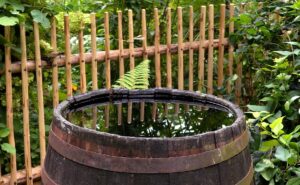
Blog image credits: pixabay


